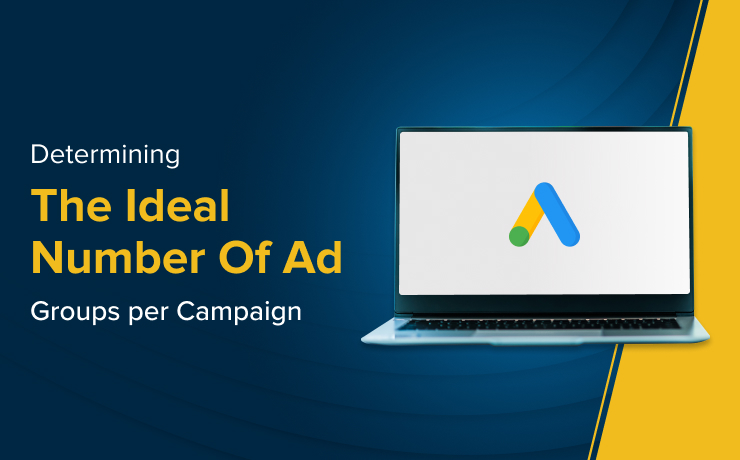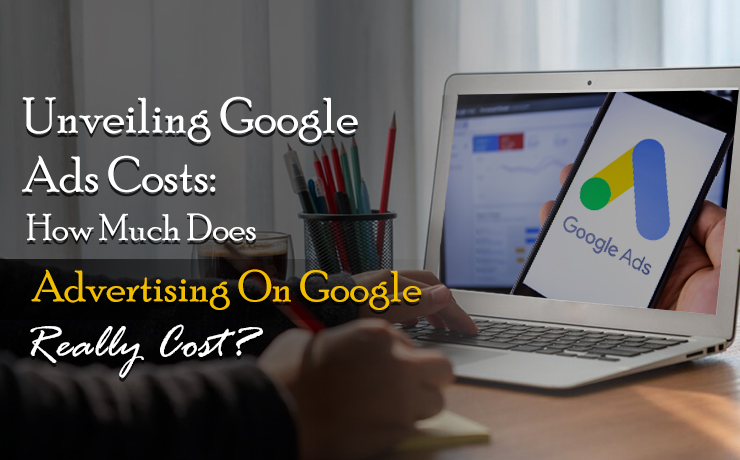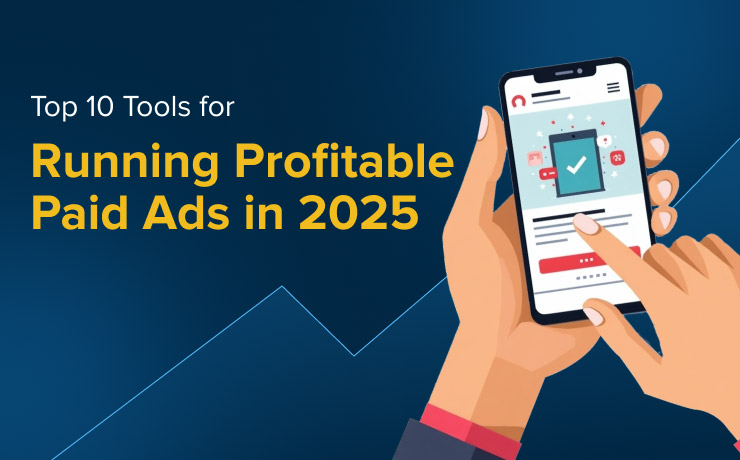Determining The Ideal Number Of Ad Groups per Campaign

Chad Faith
Director of Content

When setting up a digital marketing campaign, one of the fundamental questions that often arises is “How many ad groups per campaign should we arrange?” This question is crucial as it impacts the overall effectiveness and manageability of your campaigns. Whether you’re using Google Ads, Facebook Ads, or any other platform, the answer depends on several factors that are tailored to the specific goals and structure of your campaign.
Understanding Ad Groups
An ad group is a container within a campaign that holds a set of ads and related keywords. Each ad group targets a specific set of keywords or audience attributes, allowing for more detailed targeting and more relevant ad content.
The main goal of structuring ad groups is to ensure that the ads served are as relevant as possible to the search queries or audience characteristics, improving both click-through rates (CTR) and conversion rates.
Factors Influencing the Number of Ad Groups
- Campaign Objectives: The number of ad groups you need depends heavily on what you aim to achieve with your campaign. For straightforward goals, fewer ad groups may suffice. However, for more complex objectives that target different demographics, locations, or products, you might need multiple ad groups to address these variations effectively.
- Budget Constraints: Budget is a significant consideration. More ad groups mean a need for a larger budget to adequately fund each group and gather meaningful data on their performance. It’s important to balance the number of ad groups with the available budget to avoid spreading your resources too thin.
- Keyword Varieties: The range of products or services offered can also dictate the number of ad groups. If your offerings are diverse, you might require separate ad groups for each product category to tailor the ads specifically to those searching for those particular items.
- Management and Complexity: More ad groups increase the complexity of managing a campaign. Each group requires individual attention in terms of optimization, budget allocation, and performance review. The administrative overhead might not be justifiable if the incremental benefits of additional ad groups are minimal.
Ideal Number of Ad Groups
There is no one-size-fits-all answer to how many ad groups per campaign is ideal. However, a general guideline is to aim for 3 to 10 ad groups per campaign. This range allows for sufficient segmentation to target different keywords and demographics without becoming unmanageable.
It’s essential to evaluate each campaign individually, considering the unique aspects of your products and marketing objectives.
Optimizing Ad Groups for Performance
Once you have established the number of ad groups, the focus should shift to optimization:
- Relevance: Make sure that the ads and keywords within each ad group are closely related. This improves the quality score of your ads, leading to better ad positions and lower costs.
- Testing: Regularly test different ad copies and landing pages within each ad group to find the combinations that yield the best results.
- Budget Allocation: Monitor the performance and allocate the budget to ad groups that are performing well. It’s important to be flexible and adjust your spending based on actual results.
- Performance Review: Continuously review the performance of each ad group against your campaign goals. Look for opportunities to refine your approach, such as adding new keywords or pausing underperforming ads.
Determining the ideal number of ad groups per campaign is more an art than a science, influenced by your campaign goals, budget, and the diversity of your target audience. Starting with a manageable number and refining it based on performance data is a practical approach to optimizing your digital advertising efforts. Ready to enhance your business performance with professional digital marketing services? At SmartSites, we specialize in creating customized ad campaigns that maximize efficiency and results. Contact us today to see how we can make your ads perform better and drive success for your brand.
 Free
Consultation
Free
Consultation Free
Google Ads Audit
Free
Google Ads Audit







